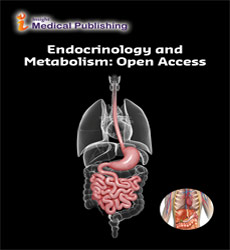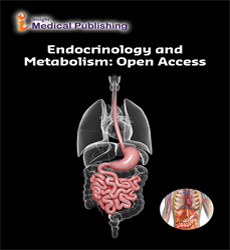Type 2 diabetes and Heart Failure
Abstract
Type 2 diabetes mellitus is known to be a risk factor for incident heart failure and increases the risk of both morbidity and mortality in patients with established disease. The increased risk for heart failure even occurs in the absence of coronary artery disease and hypertension. The prognosis for patients with heart failure is worse in those with diabetes than in those without diabetes. Observational studies have consistently demonstrated a 2- to 4-fold increased risk of heart failure in people with DM compared with those without diabetes. The Framingham Heart Study showed that the risk for heart failure in women with diabetes increased up to 5-fold. Diabetes and heart failure each independently increase the risk for the other. In heart failure cohorts, the prevalence of diabetes ranges from 10% to 47%. In patients with diabetes, the prevalence of heart failure is between 9% and 22%, which is 4 times higher than the general population, and the prevalence is even higher in patients with diabetes who are 60 years and older. Multiple factors, including age, ischemic heart disease, peripheral arterial disease, poor glycemic control, and insulin resistance, have been associated with heart failure in patients with diabetes.In terms of poor glycemic control, for each 1% increase in HbA1c, the risk of incident heart failure increases by 8% to 36%. The pathogenesis of diabetic cardiomyopathy is complex and multifactorial. Derangements in cellular metabolism, function, and structure, autonomic neuropathy, and neurohormonal dysregulation are believed to play a role in the development of diabetic cardiomyopathy Recent data from cardiovascular outcomes trials in diabetes have shown that heart failure is a critical outcome in patients with DM, and furthermore suggest that glucose-lowering medications may influence the risk of HF development and progression.Consequently, when choosing glucose-lowering therapy, outcomes from available CVOTs should be considered.This review will focus on recent data regarding the prevalence, prognosis, pathophysiology and therapeutic strategies which may be used to treat patients with diabetes and heart failure.

Open Access Journals
- Aquaculture & Veterinary Science
- Chemistry & Chemical Sciences
- Clinical Sciences
- Engineering
- General Science
- Genetics & Molecular Biology
- Health Care & Nursing
- Immunology & Microbiology
- Materials Science
- Mathematics & Physics
- Medical Sciences
- Neurology & Psychiatry
- Oncology & Cancer Science
- Pharmaceutical Sciences
